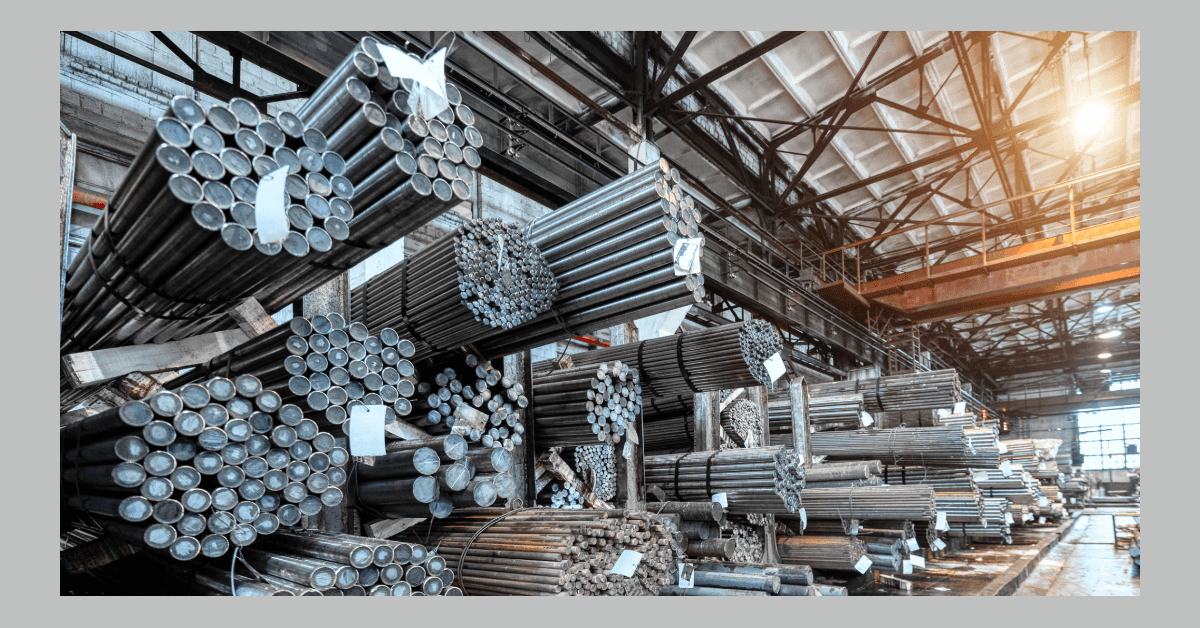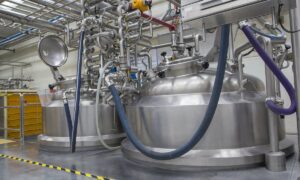The modern industrial landscape is undergoing a transformation driven by the increasing demand for materials that reduce weight without compromising strength and durability. Lightweight metal tubing, particularly aluminum-based tubing, is a key player in this shift. Its exceptional strength-to-weight ratio enables industries such as automotive, aerospace, and construction to achieve significant gains in efficiency and sustainability. For instance, the adoption of lightweight tubing in vehicles contributes to better fuel economy and lower emissions, responding to global calls for greener solutions. In construction, lighter materials simplify handling and reduce structural loads, allowing innovative architectural designs.
Superior Performance and Versatility
Lightweight metal tubing excels not only in its ability to reduce weight but also in its performance across diverse environments. Aluminum tubing resists corrosion and maintains its integrity even in harsh conditions, such as marine or chemical exposure. This durability reduces maintenance costs and extends service life. Furthermore, these tubes can be fabricated with precision, accommodating custom dimensions and profiles that meet unique industrial specifications. Such adaptability suits applications ranging from fluid conveyance systems to structural supports and specialized equipment frames, making lightweight tubing an indispensable material in modern manufacturing.
Technological Innovations Elevate Quality
Recent advances in manufacturing technology have heightened the quality and consistency of lightweight metal tubing. Modern extrusion and fabrication processes enable tighter tolerances and enhanced mechanical properties such as improved fatigue resistance and weldability. Industry 4.0 practices, including real-time digital monitoring and AI-powered quality control, minimize defects and optimize resource use—resulting in cost-effective production with superior product reliability. These technological strides ensure that tubing supplied to industries meets rigorous standards demanded by today’s complex engineering challenges.
Promoting Sustainability and Operational Efficiency
Sustainability is becoming an increasingly driving force behind material selection in the industry. Lightweight metal tubing supports this objective by offering a recyclable solution that helps reduce overall environmental impact. Its role in lowering structural weight leads directly to energy savings, particularly in the transport and construction sectors, where reduced mass translates to less fuel consumption and lower greenhouse gas emissions.
Additionally, innovations in low-carbon manufacturing processes and closed-loop recycling systems are helping elevate tubing production to new environmental benchmarks— aligning with global sustainability commitments while maintaining excellent product performance.
Expanding Applications Across Markets
The market for lightweight metal tubing continues to grow, fueled by its expanding applications in emerging technologies and infrastructure projects. Renewable energy sectors, such as wind and solar, increasingly rely on durable, lightweight tubing to produce components that are crucial to infrastructure efficiency and longevity. Meanwhile, rapid industrial development in emerging economies drives demand for advanced tubing materials to support the construction of new facilities and transportation networks. This broadening market underscores the versatility and strategic importance of lightweight tubing solutions, positioning them as vital contributors to modern industrial progress.
Choosing the Right Supplier
Sourcing your tubing from an experienced aluminum tubing supplier is crucial for industries seeking to leverage these material advantages. A top supplier combines state-of- the-art production technology with rigorous quality assurance and a diverse product portfolio. This enables reliable access to tubing that meets exacting specifications, supports evolving industry standards, and integrates seamlessly into customers’ manufacturing and construction processes. Partnering with such suppliers empowers companies to innovate confidently while optimizing operational efficiency and sustainability outcomes.
This comprehensive exploration of lightweight metal tubing highlights its pivotal role in transforming industries through enhanced performance, sustainability, and expanding application opportunities. The continued evolution of supply and manufacturing capabilities further cements lightweight tubing’s position as an essential material for the future of industrial innovation.



































